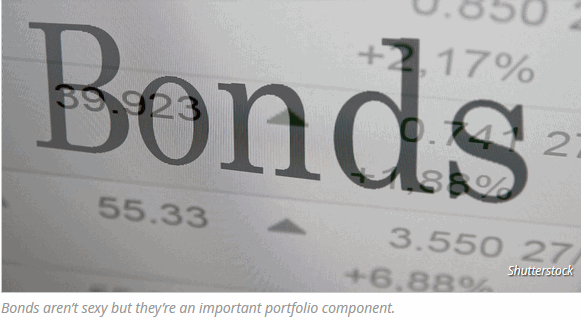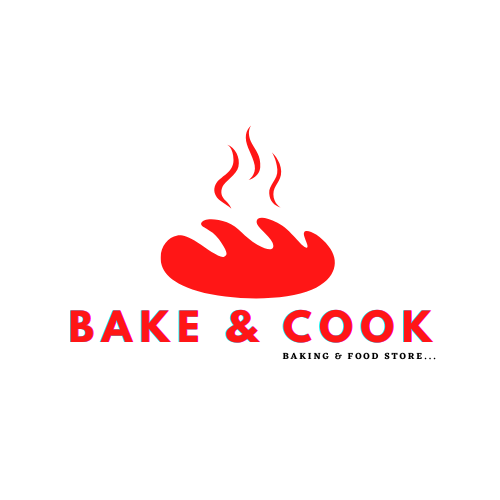
Частные инвесторы могут приобрести бонды уже на розничном рынке через брокера. Часто они входят в готовые портфели паевого ETF фонда. Фонд отслеживает индекс Barclays Capital US Treasury STRIPS Year Equal Par Bond Index, который измеряет доходность со сроками погашения от 20 до 30 лет. Этот ETF может быть привлекательным источником дохода для инвесторов, которые считают, что ставки либо сохранится, либо будет снижаться.
Другие виды облигаций США

Для просмотра сайта, соответствующего вашей локации, выберите другую страну или регион. Сайт ориентирован на выработку самостоятельного свечной анализ на бинарных опционах системного мышления в направлении долгосрочного инвестирования. В безопасности своего капитала заинтересован каждый инвестор.
iShares 20+ Year Treasury Bond ETF (TLT).
Срок выплаты, доходность, номинальная стоимость и другие параметры корпоративных облигаций определяются организацией самостоятельно. В большинстве случаев доходность таких облигаций составляет несколько процентов и выше, чем у ранее рассмотренных трежерис (гособлигаций США). Но и число случаев неисполнения обязательств здесь тоже выше.
Что следует учитывать перед покупкой казначейских облигаций.
Чаще всего корпоративные облигации США выпускаются с номиналом в размере 1.000 долларов со сроком обращения более 1 года. Нередко корпоративные облигации выпускаются с возможностью досрочного погашения задолженности. Торговля опционами сопряжена с риском и подходит не всем инвесторам. Чтобы узнать больше, ознакомьтесь с документом “Особенности и риски стандартных опционов”, также известном как “Уведомление об опционах” (Options Disclosure Document). Или обратитесь в службу поддержки IB за копией “Уведомления об опционах”.
- Основной способ финансирования дефицита бюджета и получения займов в США – выпуск государственных облигаций.
- Запрет этих cookie-файлов может привести к некорректной работе некоторых или всех подобных сервисов.
- Доходность неуклонно снижалась с середины 1980-х годов, когда она достигала 12%.
- Целевые файлы предназначены не для хранения данных, позволяющих определить вашу личность, а для идентификации вашего уникального браузера и устройства.
- При этом доля финансовой капитализации американского рынка – более половины мирового.
- Получить их можно только в обмен на облигации E/EE или H-серии.
Однако последний известный случай дефолта состоялся в 1934 году по облигациям Свободы (Liberty bonds). Они были выпущены на сумму $5 млрд в 1917 году для финансирования участия доверительное управление на рынке форекс в Первой мировой войне. Громкая история с техническим дефолтом случается и сегодня ежегодно, но в итоге каждый раз Конгресс повышает планку госдолга и так – до следующего года.
Это документ, где компания рассказывает о себе, своих целях и о том, как она планирует использовать деньги от акций. Когда компания собирается проводить IPO, это значит, что она хочет продать свои акции на рынке. И тут важно понимать, как именно она собирается использовать деньги, которые получит. Проведение IPO — сложный процесс, который требует тщательной подготовки и соблюдения строгих правил и требований регуляторов. Это касается всех участников рынка — как самого эмитента , так и андеррайтеров, консультантов и потенциальных инвесторов.
Как только вы их получите, можете распоряжаться ими по своему усмотрению. Это значит, что если цена акций растет, вы можете быстро заработать система снайпер на этом. Для розничных инвесторов IPO может стать привлекательным способом вложить деньги, но это также сопряжено с определенными рисками.
Это, вероятно, самый простой способ, поскольку ваш портфель будет максимально диверсифицирован по срокам погашения и избавит от выбора отдельных облигаций. Здесь меньше риска, но доход, который вы получите, часто не так велик, как с другими ценными бумагами, ориентированными на доход. Дата погашения казначейских облигаций, в которые вы инвестируете, будет определять, насколько ликвидными (легко продаваемыми) будут ваши инвестиции. Казначейские векселя со сроком погашения не более года будут наиболее ликвидным вариантом, в то время как 30-летние облигации дадут вам наименьшую ликвидность.
Понять причину возникновения таких облигаций несложно. К началу 80-х годов инфляция США достигала 15% годовых – примерно ту же доходность имели и долгосрочные облигации. Однако затем ситуация стабилизировалась, инфляция и процентные ставки резко пошли вниз. Тем не менее выплаты по долгосрочным облигациям по-прежнему должны были составлять двузначную величину, т.е. Плавающая ставка позволила бы им уменьшать свои выплаты. Основными ценными бумагами, которые выпускаются правительством США, являются государственные выпуски Казначейства США, а также муниципальные и корпоративные облигации.

